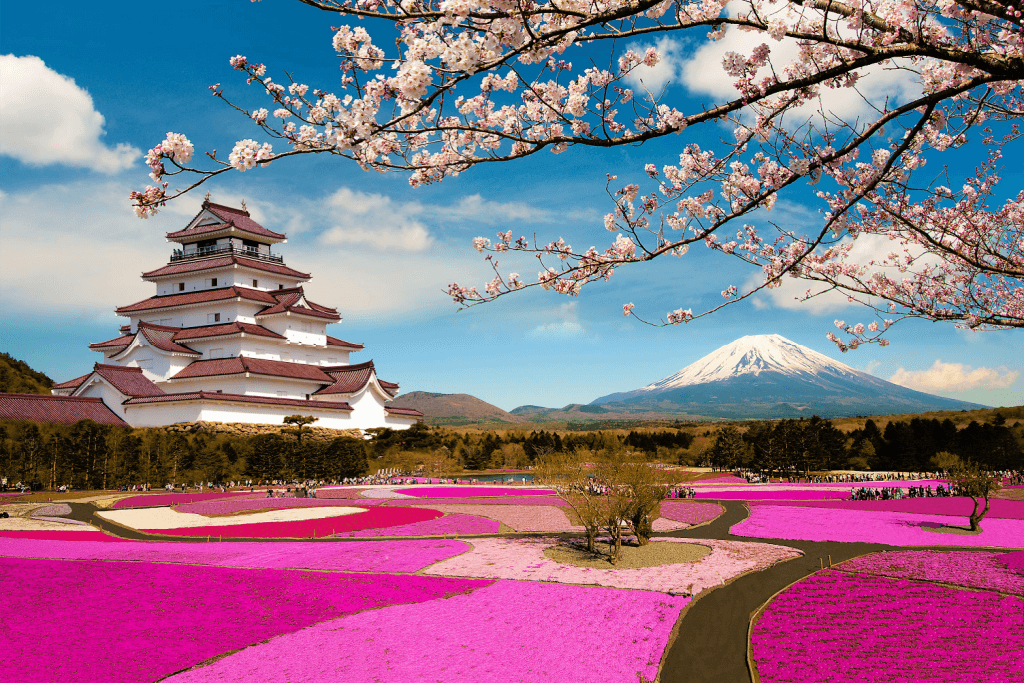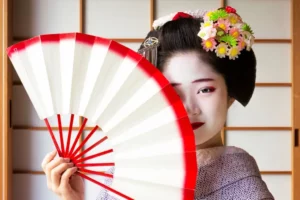Springtime is one of the most beautiful and exciting times of the year. Wonderfully warm breezes replace the frost and chill of winter. This season in Japan is incredibly impressive as there are countless ways to celebrate the new season and enjoy the spring colors.
With many traditions reaching back centuries in Japan’s history, celebrating spring is a rewarding experience. Visiting Japan during spring is a prevalent pastime for tourists. If you plan on making Japan your next destination this spring, learn these few words and phrases to help you enjoy your visit most.
Table of Contents
ToggleHaru-iro (Spring colors)
Haru-iro is a phrase that translates into “spring colors.” Much like harukaze, it might seem odd to focus on something as common and straightforward as standard spring colors, but pink, green, and white are essential colors during the spring. Pink, white, and green are the sakura trees’ colors and represent the beautiful colors their petals take as they blossom.
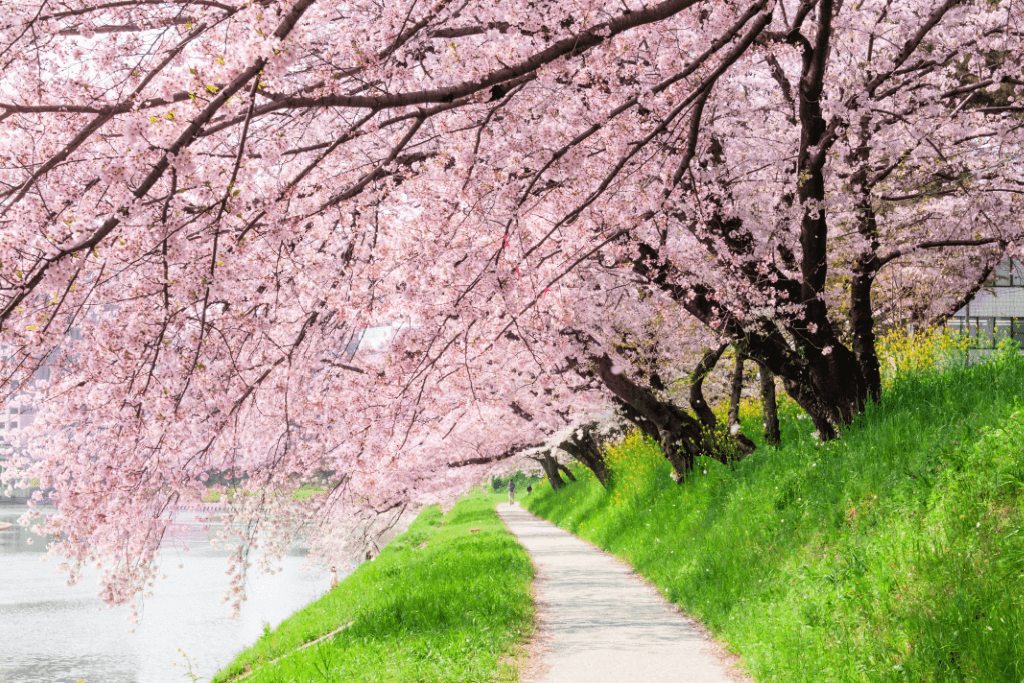
As mentioned, sakura festivals are significant events in Japan, so many different things are colored accordingly. Everything from candies and snacks to toys and house goods is adorned in haru-iro. Japan’s popular snack, hanami dango, are often colored this way during the sakura season.
Sakura (Cherry blossoms)
Sakura translates to “cherry blossoms” and is an integral word to know if you visit Japan during the spring. One of Japan’s most famous attractions is its cherry blossom trees. Blooming in early spring, cherry blossom trees explode into kaleidoscopes of gorgeous pinks and whites.
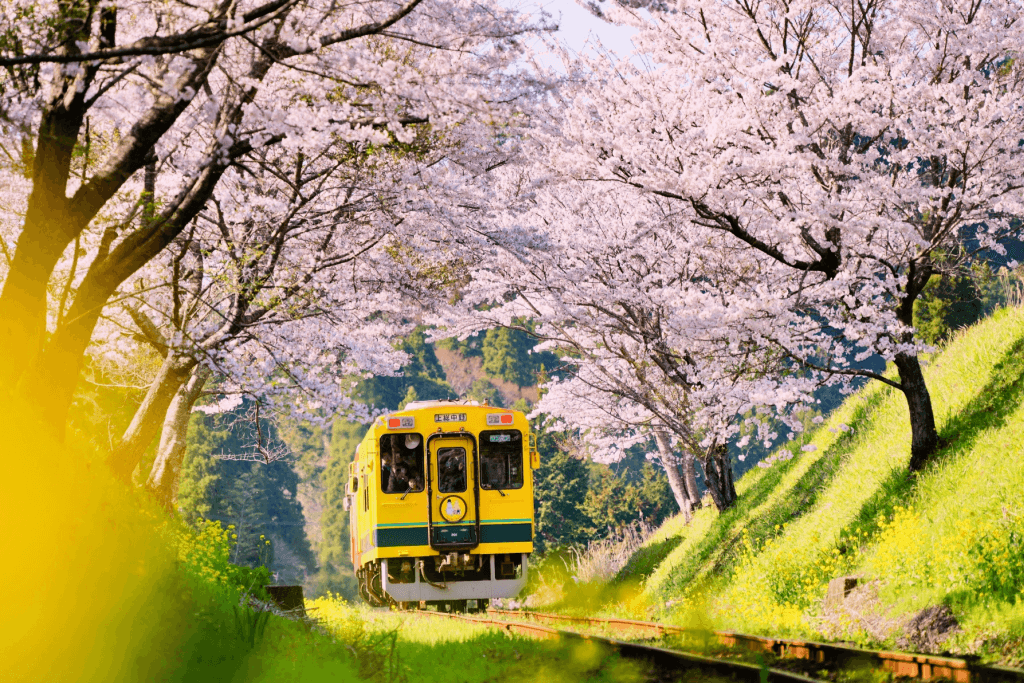
Spring breezes blow the colored petals through the air, making it one of Japan’s most famous events. Cherry blossom trees are gorgeous, and there are countless cherry blossom festivals across Japan to visit and have fun with. Food, arts and crafts, parades, and more are available for those who visit these celebrations. Knowing what sakura means ensures you can understand and appreciate Japan’s time-honored traditions.

Harukaze (Spring breeze)
Harukaze means “spring breeze” and is as simple as that. As the weather warms up from the cold of winter, many people throughout Japan enjoy spending time outdoors. As simple as it may seem, spring breezes in Japan represent life, warmth, and the changing seasons.
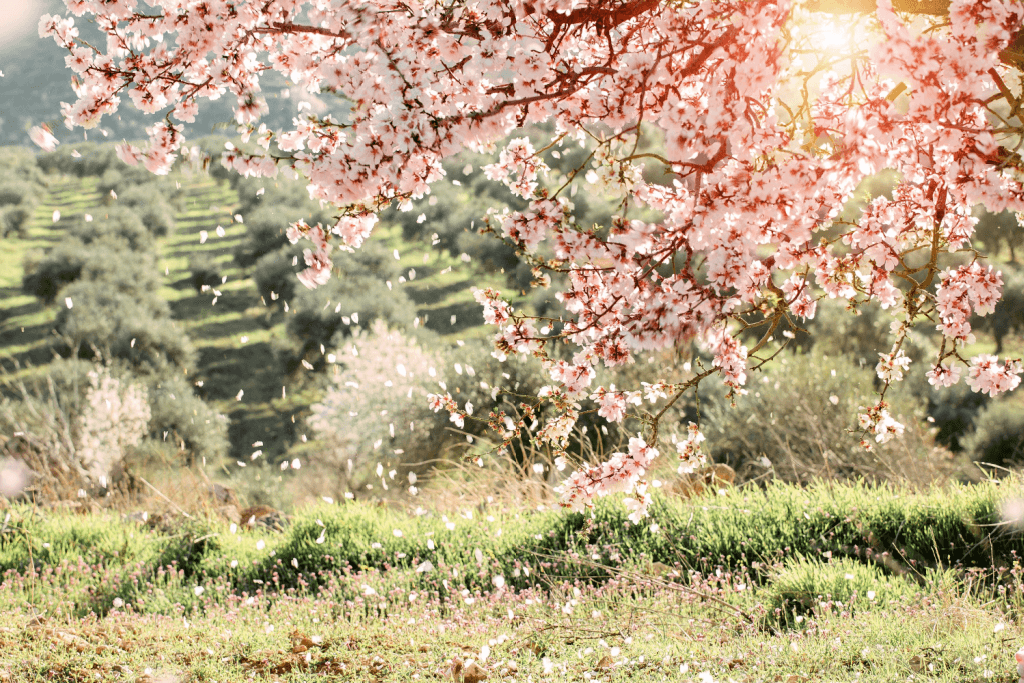
Not only are the breezes refreshing and relaxing, but they also come hand-in-hand with the sakura celebrations. Few things are as excellent as walking past rows of sakura trees and having their petals blow past you. For those who visit Japan in the spring, enjoying harukaze properly is a must.
Hanami (Flower viewing)
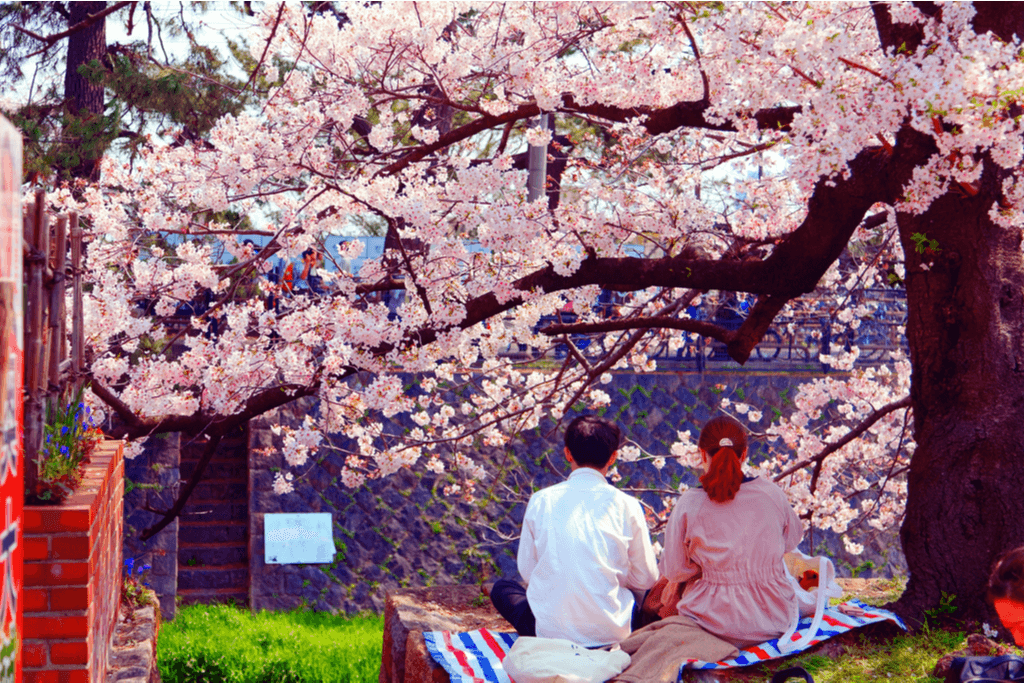
A springtime visit to Japan can only be completed by engaging in Hanami. Hanami means “flower viewing” and is the act of viewing the seasonal sakura blossoms. It cannot be stressed enough how vital the sakura season is in Japan. Cherry blossoms represent spring, and hanami is a popular means of celebrating the season. Hanami can be a very traditional affair involving tea ceremonies, or it can be a lively festival full of color and sound. Whichever kind of hanami event you choose will guarantee a memorable experience lasting a lifetime.
Shunbun (Vernal equinox)
Shunbun translates to “vernal equinox,” or the time of the year when both daytime and nighttime are of equal lengths. This generally occurs on March 21st and is an essential Buddhist event. According to legend, Buddha and the bodhisattvas live in a place far to the West known as the Western Pure Land.
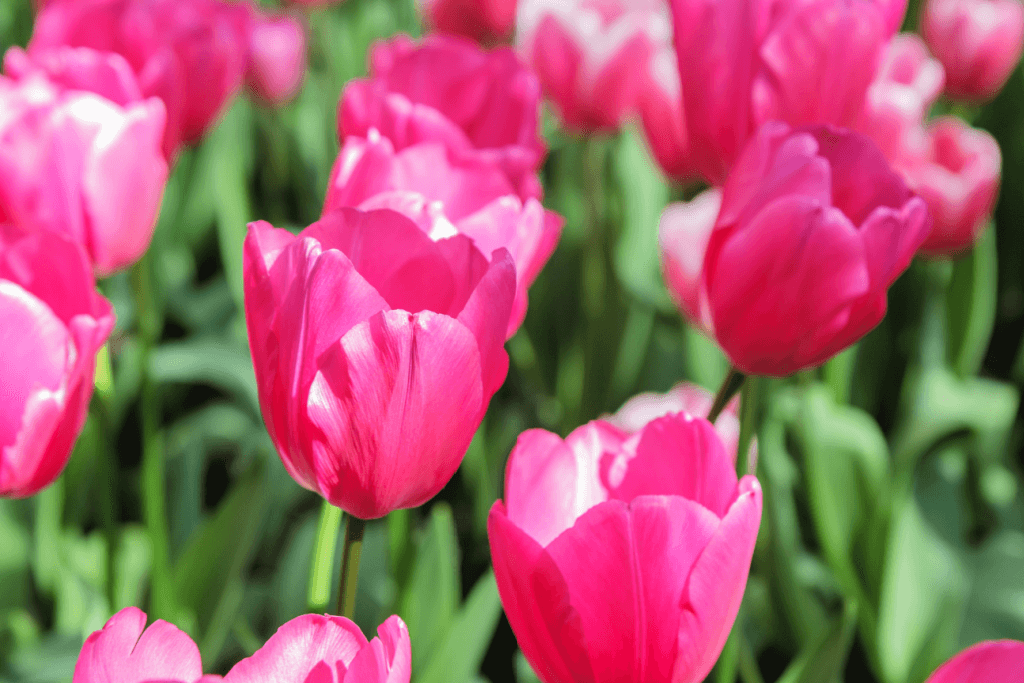
People believe that the Western Pure Land is closest to Earth during the equinoxes, hence the religious importance of Shunbun. This day is so important that it is also a national holiday, allowing people to celebrate the event nationwide.
Why are spring colors important in Japanese culture?
Spring represents a multitude of things in Japan. Is a time of warm weather and outdoor festivities. It is a time of rebirth and renewal. It is a time of religious importance and a time of ancient tradition. Japan celebrates spring intensely and dedicates as much of itself to the season as it can.
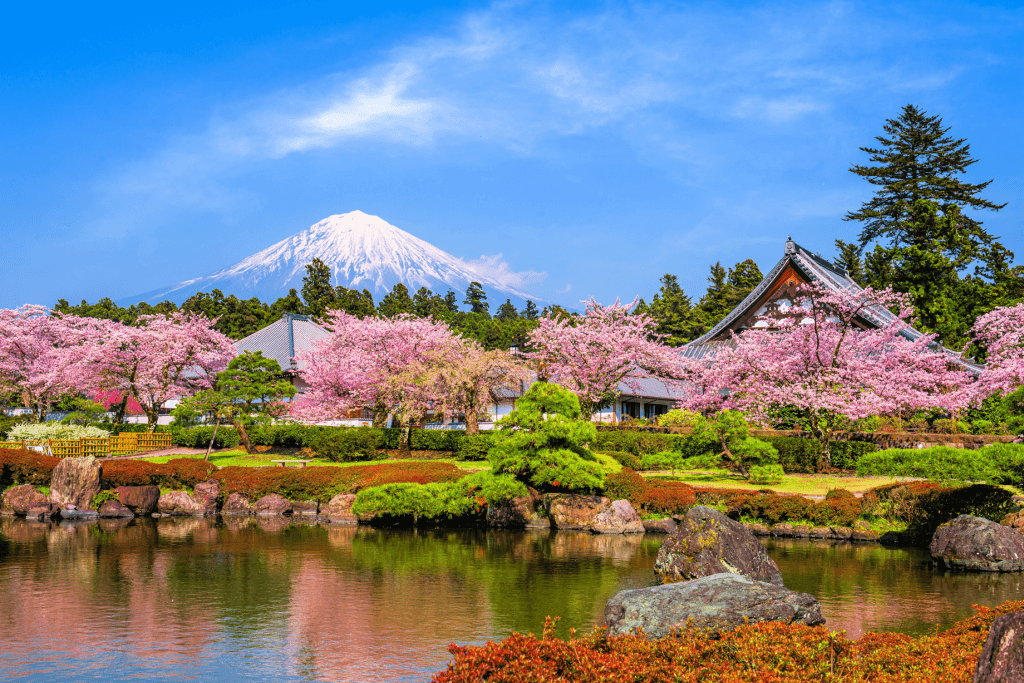
The colors of spring are simple yet effective and essential visual representations of the season and all it entails. Therefore, food, clothing, toys, and more are colored pink, white, and green to celebrate spring. All of the traditions of how spring is revered in Japan are gathered together in these colors. They are more than just cute aesthetics. They are the season itself.
Have you ever been to Japan during the spring? If so, what did you do to celebrate it? What was your favorite part? Please let us know in the comments below! We would love to hear about your springtime adventures in Japan!


